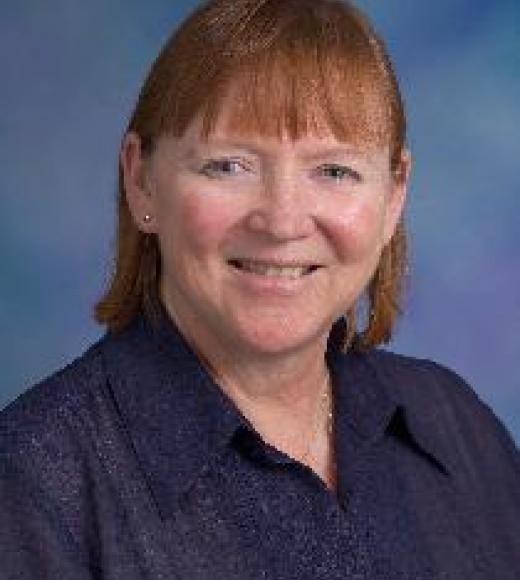
Position Title
Distinguished Professor Emerita
Position Title
Distinguished Professor Emerita
- Molecular and Cellular Biology
Bio
Research Interests
Our research focuses on the development of the avian trunk neural crest. We are particularly interested in the mechanisms that segregate the neural crest lineage from the neural epithelium, the mechanisms that guide specific neural crest lineages along different migratory pathways, and the control of neural crest cell differentiation. The laboratory uses a number of experimental approaches to address cellular and molecular aspects of neural crest development including: surgical manipulation, cell culture, in vitro embryo culture, in ovo electroporation of expression plasmids, and gene knockdown using antisense oligonucleotides and morpholinos.
Education and Degree(s)
- 1971 B.A. in Biology, Wilson College, Pennsylvania
- 1976 Ph.D. in Cell Biology, Yale University
Publications
- Kos, R, MV Reedy, RL Johnson and CA Erickson. 2001. The winged-helix transcription factor FoxD3 is important for establishing the neural crest lineage and repressing melanogenesis in avian embryos. Development 128:1467-1479
- Santiago A and CA Erickson. 2002. Ephrin-B ligands play a dual role in the control of neural crest cell migration. Development 129:3621-3632
- Kos, R, RP Tucker, R Hall, T Duong, and CA Erickson. 2003. Methods for Introducing Morpholinos into the Chicken Embryo. Developmental Dynamics 226: 470-477
- Delalande, J.M., Barlow, A.J., Thomas, A.J., Wallace, A.S., Thapar, N., Erickson, C.A., Burns, A.J., 2007. The receptor tyrosine kinase RET regulates hindgut colonization by sacral neural crest cells. Dev. Biol. 313:279.
- Harris, M.L., Erickson, C.A., 2007. Lineage specification in neural crest cell pathfinding. Dev. Dyn. 236, 1-19.
